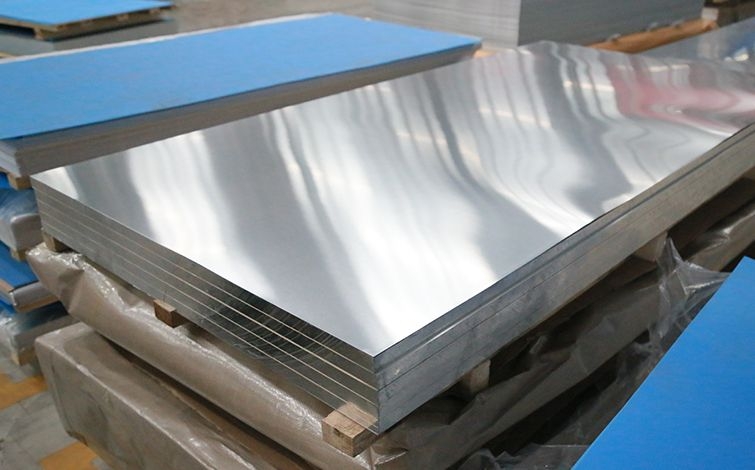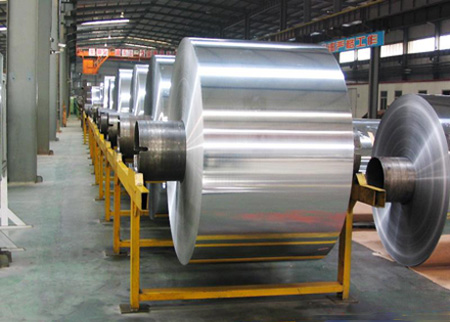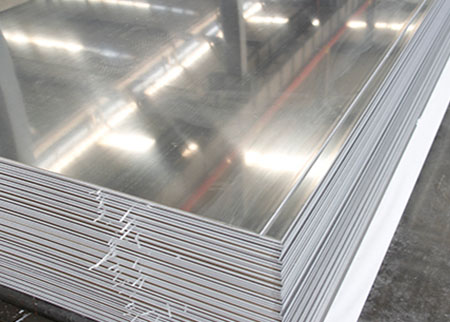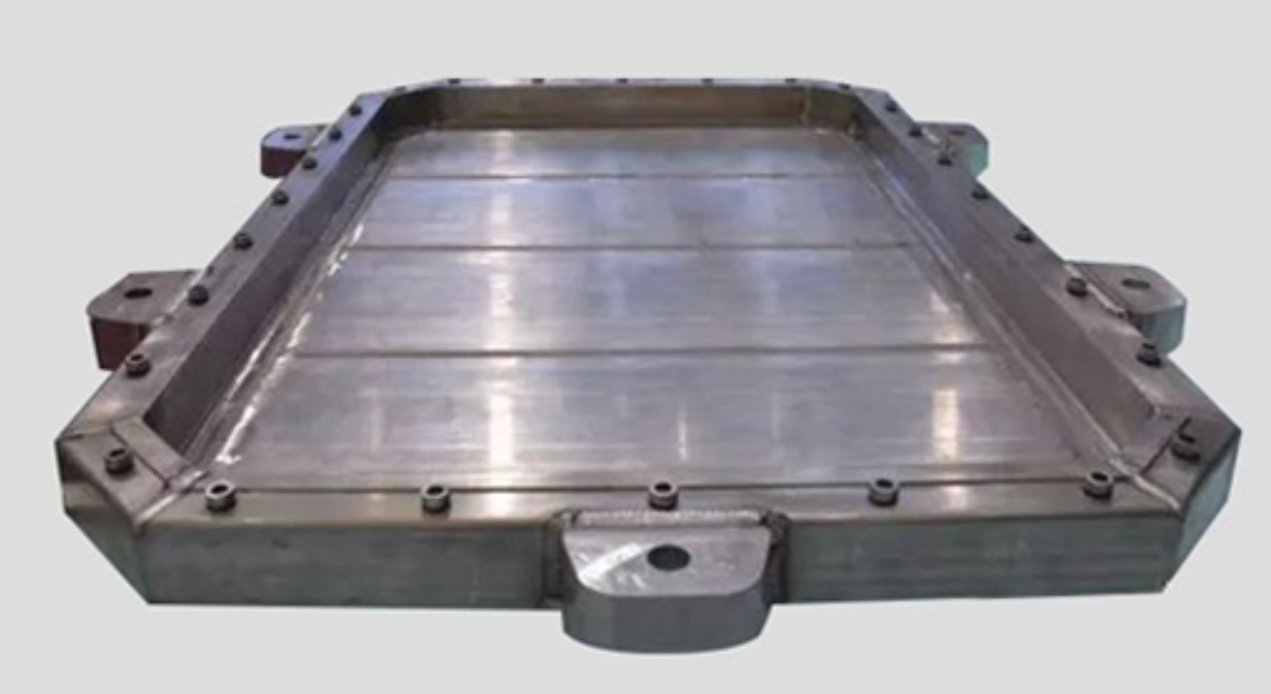



Aluminum itself is a relatively strong corrosion-resistant material, but after encountering oxygen will form aluminum oxide oxidation on the surface of aluminum, so that over time will slowly lift his corrosion resistance and wear resistance, in addition, aluminum is very sensitive to acidic substances, encountering acid will destroy the surface of aluminum group system layer, then we need to go through the oxidation process again, in the surface to increase a layer of protective film, strengthen the corrosion resistance of the surface layer. After anodising the surface of aluminium tubes or products, the corrosion resistance, hardness, wear resistance, insulation, heat resistance, etc. are substantially improved.
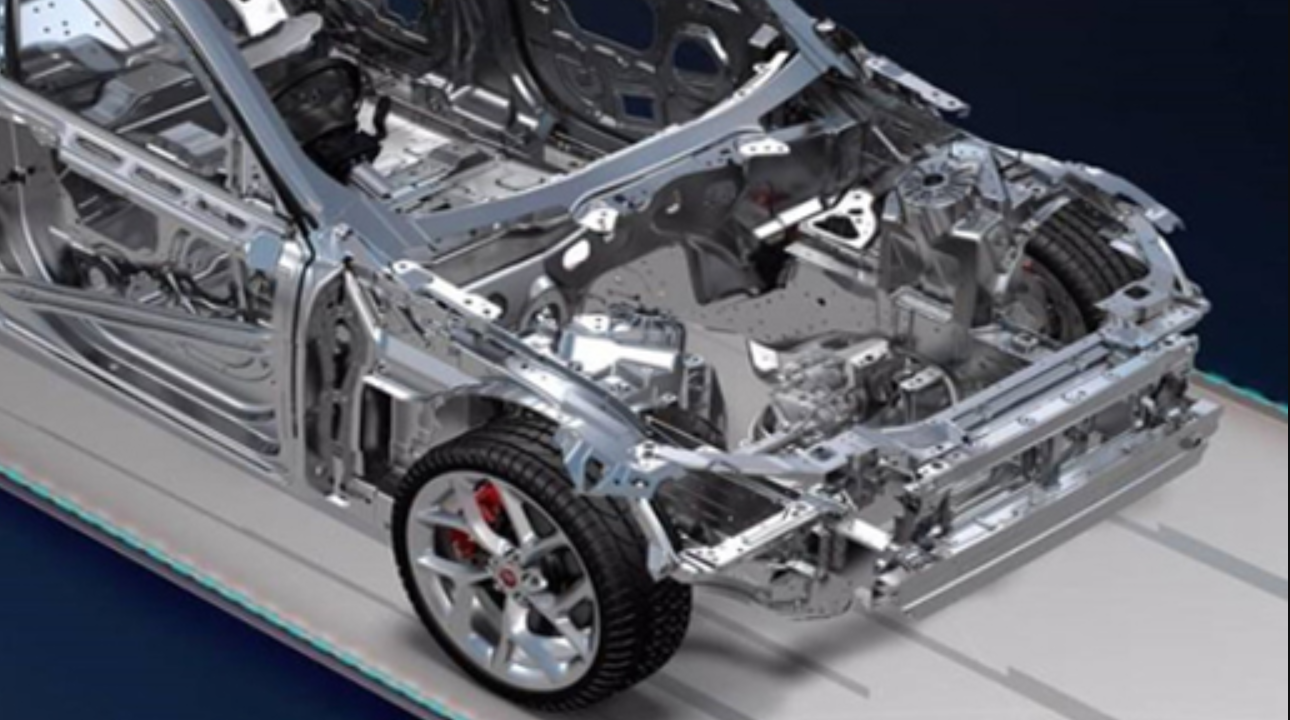
The metal material that is more frequently anodised is aluminium. The anodisation of aluminium tubes is generally carried out in an acidic electrolyte, with aluminium as the anode. During the electrolytic process, the oxygen anion interacts with the aluminium to produce an oxide film. This film is not fine enough when it is first formed, and although it has a certain resistance, the negative oxygen ions in the electrolyte can still reach the aluminium surface and continue to form the oxide film. As the thickness of the film increases, the resistance becomes greater and thus the electrolytic current becomes smaller. At this point, the outer oxide film in contact with the electrolyte undergoes chemical dissolution. When the rate of oxide formation on the aluminium surface gradually equilibrates with the rate of chemical dissolution, this oxide film can reach a large thickness for this electrolytic parameter.
The porous outer layer of the aluminium anodic oxide film readily attracts dyes and coloured substances and can therefore be dyed to improve its decorative qualities. The oxide film is then treated with hot water, high temperature water vapour or nickel salt sealer to further improve its corrosion and wear resistance. In addition to aluminium, other metals that are industrially treated with surface anodisation include magnesium alloys, copper and copper alloys, zinc and zinc alloys, steel, cadmium, tantalum and zirconium.
* Thank you for your inquiry. Please provide your business needs information so that we can better serve you.
This information can help us assign the most suitable person to solve your problem. We will give you feedback within 1-2 working days.
Related Blog
